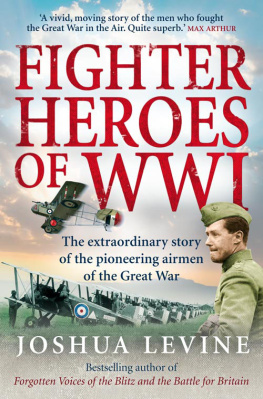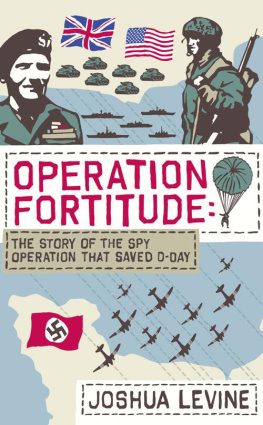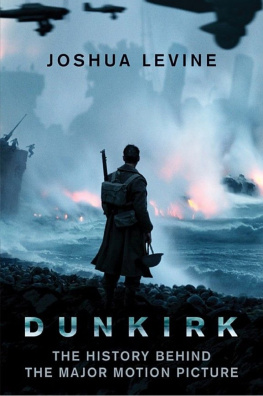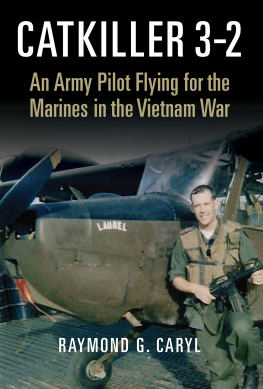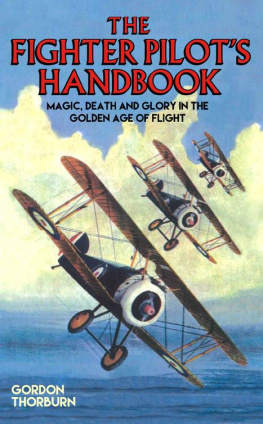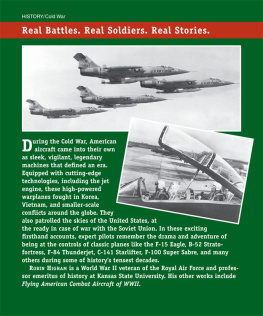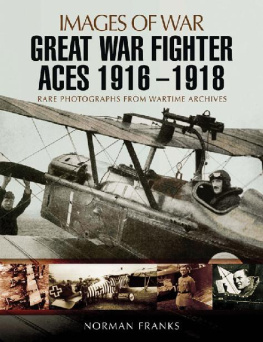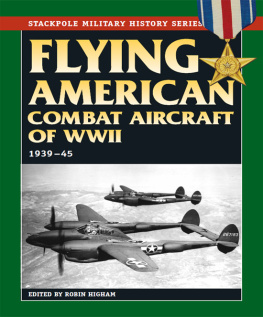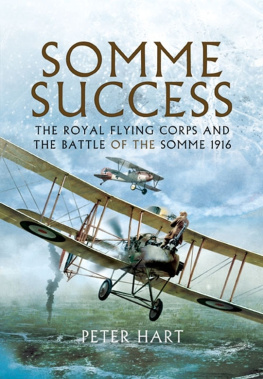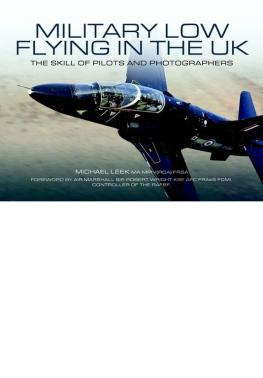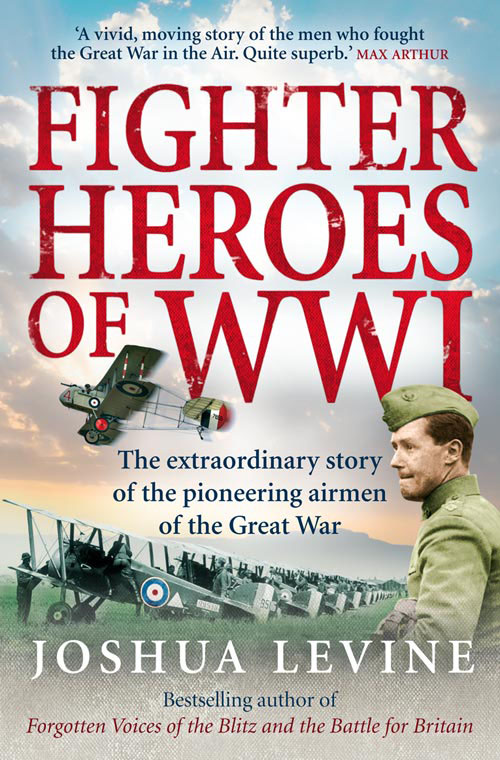For Dorothy Sahm
There are certain historical subjects which can always be counted on to capture the public imagination. One of these is infantry fighting on the Western Front, with its vivid evocations of suffering and wasted life. Yet taking place above the very same Western Front was a conflict that is less well known, but which deserves to become just as embedded in the public consciousness the Great War in the Air.
Most people will have heard of Baron von Richthofen, but they will have little idea of why he was flying or who he was flying against. Yet the story of air fighting is one of intense human emotion, of young men growing up quickly in an exciting and terrible world, of chivalry and fear and danger, of the creation of modern warfare, of the development of modern sensibilities. Such an extraordinary story deserves a wider audience, and an acknowledgment of its place in history.
In 1976, it began to reach that wider audience when the BBC broadcast a television drama called Wings. Set in a Royal Flying Corps squadron in 1915, its central character is a young blacksmith who becomes a sergeant pilot on the Western Front. It is a moving series, which portrays the lives of young men attempting to make sense of a strange and terrifying world and that is exactly what this book tries to do; to place individuals in the foreground who can paint detailed pictures, whilst never losing sight of the chaos erupting in the background.
Whilst writing this book, I have discovered how vivid and evocative a world it can be; I have found myself immersed in it in its diaries, novels, letters, memoirs, aircraft, people, and sensibilities only returning to the twenty-first century to pay the occasional bill. I hope that you, the reader, find yourself similarly engaged (not perhaps to the detriment of your household finances) so that the exploits of Mannock, Ball, James, Powell, and many others, become important to you. It is easy to identify with these recognizably modern men, carrying out a modern activity, with surprisingly modern attitudes, from a time long gone.
Whilst the time may have gone, one of its inhabitants is still with us. Henry Allingham, 111 years old as I write, served with the Royal Naval Air Service on the Western Front and at Jutland. He is a Victorian by birth, who has watched troops return from both the Boer War and the Second Gulf War. He has outlived many comrades by over ninety years, and he is the sole founder member of the Royal Air Force still alive. In the year of its ninetieth anniversary, it is fitting that we should remember the men who came together, some willingly, others less so, to form the Royal Air Force, and equally fitting that we should remember the thousands of airmen who died as it came into being.
In the pages that follow, the thoughts, feelings, fears and sensations of long ago are aired. Listen to them, and enter a world quite different to our own inhabited by people not so very different at all.
JOSHUA LEVINE

Some time after the Cambrai attack in 1917, my scout squadron, No. 3 RFC, which was equipped with single-seater Sopwith Camels, each carrying two Vickers guns firing through the propeller, was stationed near Bapaume, and was manned by comparatively new pilots with no combat experience to speak of, as the squadron losses in the Cambrai battle had been complete, with the exception of two pilots myself and a Captain Babington.
One day after the two flights, A and B, the latter under my command, had been detailed to carry out a routine patrol over the enemy lines, I remember walking across the worn grass on a bright sunny morning towards our eight machines lined up in front of the hangars. The air mechanics were standing by as usual after having very carefully checked over guns and engines. They helped us into our cockpits and saw us settled in our seats and safety belts fastened, then they climbed down with a quiet, Good luck, sir.
It was only then that the tension that was always present just before taking off on a patrol left us and we were able to think of our immediate duties. After having repeated the mechanics Contact!, our engines roared into life and we all revved them up against the chocks with the mechanics holding down the tail to check that we were getting full revolutions. Then I throttled down and after a glance round the flight to see that all were ready, I taxied into the wind and took off, closely followed by the whole patrol.
We climbed to cross the trenches a few miles away at 12,000 to 13,000 feet, and while doing so, fired a few rounds from both of our guns to make sure there was no jamming as this was very difficult to clear while in action. Our Camels being tail heavy, the stick had to be held between our knees to free both hands to clear the stoppage, otherwise the planes immediately shot up into a loop. The trenches beneath us wound like long scars meandering across the seemingly lifeless dun-coloured countryside, pitted with thousands of shell craters, not a single tree or building left standing anywhere near the lines.
Very soon, we heard and saw our usual welcome from Archie, bursting in black puffs all around us, but carried on, only varying our height to spoil his aim. After crossing the lines without further incident, we found that the fresh wind, which always seemed to blow to the east, was drifting us too far into enemy territory, and it would have been unwise to penetrate, our limit of flying time being only two hours: a return slow flight against the wind under possible attack might have exhausted our petrol before it was possible to reach our landing field. I therefore gave the signal to turn north, parallel with the trenches, and we continued our patrol.
Just then, several thousand feet above us and right in the sun, I saw a formation of sixteen enemy aircraft (we were always outnumbered) and in a few seconds they were diving on our formation from all directions, and the air was full of tracer, and twisting and turning machines, engaged in a general dogfight. One of ours was soon in difficulties and was seen to go down, out of control, at the same time as two of the Huns also broke off, apparently badly damaged. We closed formation again with B Flight still intact, followed by two of A Flight, and waited for the next assault, as the Germans had dived past us after their first attack, and were now gaining height again. They were a squadron of Richthofens Circus, and they were painted in all sorts of colours and patterns, and one, I noticed, had a wavy red snake painted along the fuselage. But there was not much time to wonder at them, as part of their squadron had been kept in reserve a few thousand feet above: their Albatroses could always out-climb and out-dive our Camels, as they had beautifully streamlined plywood fuselages and powerful engines, while our machines were still at the fabric-covered wooden-framed stage, with rotary engines.
These Huns came down at us and one of A Flight was soon in difficulties, being surrounded by at least three of the enemy, and fighting hard against such odds. To go to his assistance was, of course, the only thing to do, and by waggling my wings from side to side, I gave the one signal we could use in those days in an emergency, for the rest of the flight to follow. But in all the excitement and tension, my turn to the right was not noticed, and I realised that I was single-handed in the rescue attempt, and would have to deal with four Huns, as by the time I reached the scene, our machine was already going down practically out of control, and I was quickly in a dogfight with three highly coloured Albatroses.

